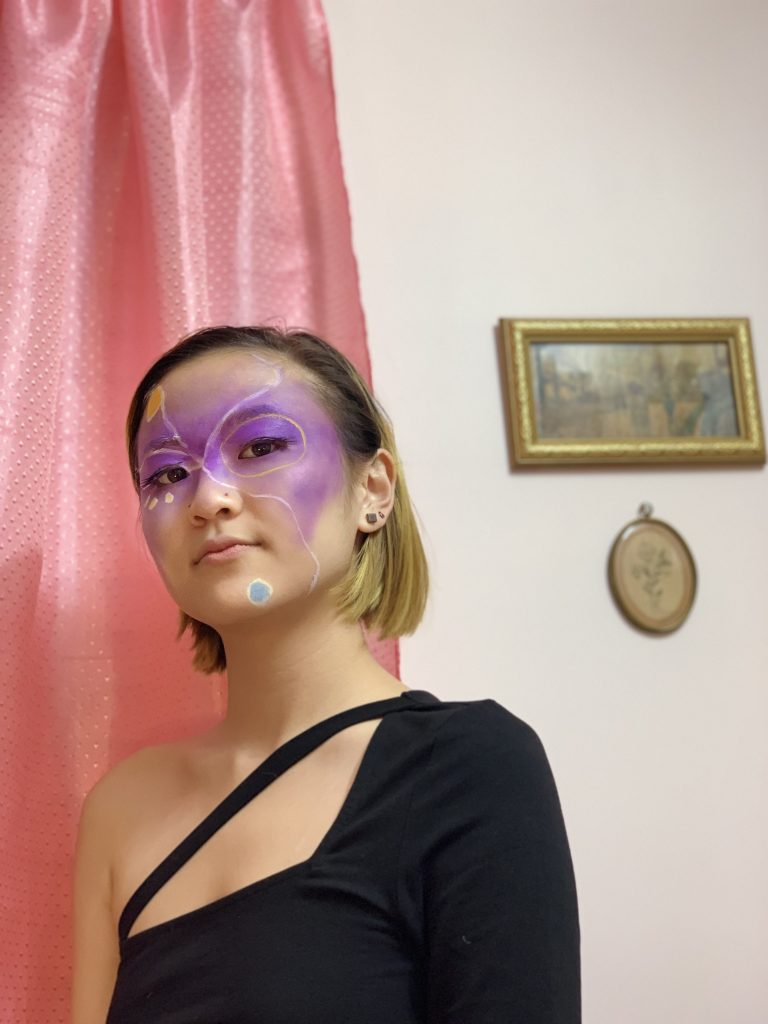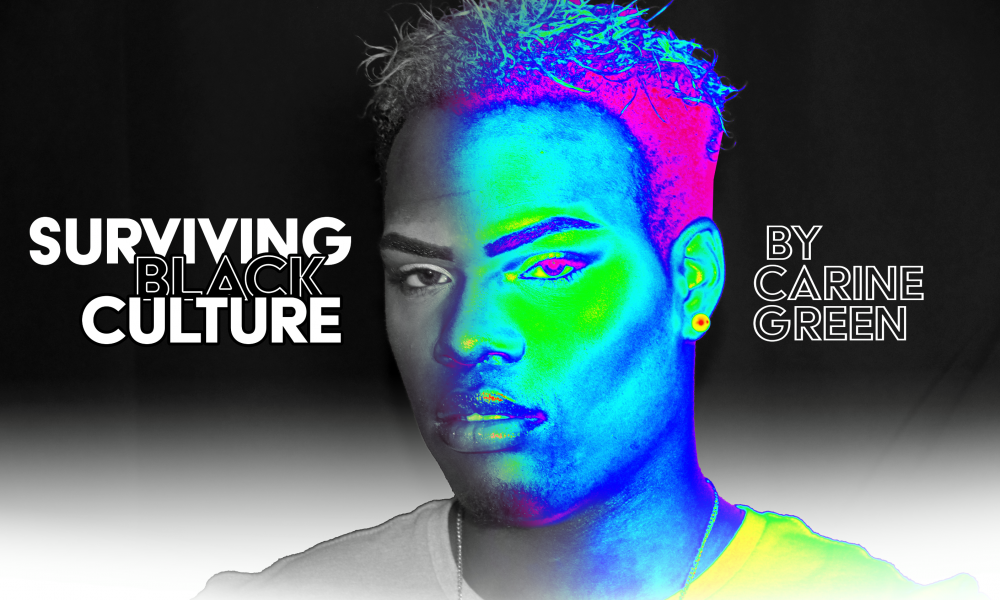I used to be one of those girls on Tumblr who had a favorite famous painter URL. I self-identified as an “art hoe” for a third of my high school career, and primary colors were my kryptonite. I loved going to the Museum of Modern Art and took pictures of the back of my friend’s heads as they pretended to look pensive at Mondrian and Matisse. It felt safe to identify this way, even if I look back and feel a little embarrassed for not having a better, deeper reason to look at art.
This January, my mom gave me a few LIRR tickets that were going to expire soon, so I decided to go to the Guggenheim for the first time. There was an exhibit that I was really excited to see, the Hilma af Klint retrospective. I had never been to an art museum alone, and I felt serendipitous conviction to have chosen to see the af Klint exhibit first. If you have ever seen pictures of the Guggenheim, you know that its main hallmark is the architecture — that slowly sloping spiral platform upwards. Museumgoers walk up the spiral and follow the main exhibit this way. Along the spiral, through April 23, is where the af Klint exhibit, titled “Paintings for the Future,” hangs.
I ran six cold blocks from the subway station, and my glasses fogged up so much from the sudden warmth of the building. I bought my ticket, checked my coat and made my way up the spiral, stopping first to look at “The Ten Largest,” a group of ten paintings named after periods of human development. I was not yet over being alone, and looking alone, so I took a minute to sit and look. I slowed my breathing, chose one painting to focus my energy on (titled “Adulthood”) and took it on. I sat there for a good ten minutes. When I was ready, I walked up the spiral a little more. I took what I had gotten from the ten minutes with that painting and could not yet move on from it. I fixated myself on that tempera on canvas, the field of pastel purple, the cryptic looping letters, that solid yellow ring, trying my best to burn it into my brain, and I could not move on. I sat next to the bathrooms and began a spitting tirade into my journal, writing until I no longer felt self-conscious about being alone and how much of a fraud I must look like.
By the time I had finished looking up the spiral of paintings and was met with the next exhibit, I felt renewed. I felt like I had just eaten a light lunch and drank a cold glass of water. The exhibit had given me the energy for next week amid a pretty lonely winter. This feeling and my subsequent love of abstract art and art history was not possible until learned how to stop, look and pay attention to how I felt about what I was looking at.
When you first start to look at abstract art, it can feel absolutely futile to break down. I mean, I’d be lying if I said I didn’t combust internally when I first saw Malevich’s “Black Square.” A lot of people believe that they have to have academic knowledge when it comes to any art, and while you can look at it in a historical approach, the truth is that there is another way to look — and it’s all about you.
Mark Rothko, infamous for his color field paintings, said, “Painting is not a picture of an experience, but is the experience.” When it comes to looking at abstract art for leisure, every thought, however vapid, dumb or unintelligent, deserves validity, because there is some degree of truth in every thought you have when it comes to looking at abstract art. Every thought together composes the experience, which is ultimately your individual experience. Ever since I took art history more seriously, I’ve come to realize that studying, talking and writing about art cannot come easy unless I stop governing my thoughts through palatable filters. I’m really not that dumb for thinking that Jackson Pollock paintings resemble some — ahem — crude bodily functions.
When you stop trying to contort your gut reactions, the rest follows more easily. I now tend to think of looking at art for my leisure as therapy because whatever I’m looking at, looks back at me in equal measure. These canvases are mirrors into something I might not know about myself, and it feels exciting. This can also happen for you too if you bring that honesty to the painting, because you will truly get out as much as you put in. Finding out something about yourself through looking at art comes after you establish your connection to what you’re looking at, and that comes when you bridge your gut reactions to what you’re looking at in clinical, purely descriptive terms, or vice versa. For example, my gut reaction to Mary Heilmann’s painting “Heaven” has me thinking about the first time I saw the color of Mountain Dew Baja Blast, which led me to think about the hues of that green, seemingly shimmering behind those purple accents. It reminds me of peering into the green inside my cup, the carbonation creating bubbles that accented how divinely unnatural that color was. That green on canvas feels like it illuminates itself, the shimmering given by the obvious strokes. And the other way around: the clumped rainbow strokes of Joan Mitchell’s “City Landscape” had me thinking of every plane ride home to New York and every drive through Manhattan. Anything that draws your eye, anything that reminds you of something, is a road to lead you somewhere. Like cultivating a fire or a new friendship, it takes time, patience and a high degree of listening enough to cultivate mutual respect.
Cultivating a relationship with art has led me to a lot of revelations about myself alongside my academic work, especially concerning my mental health and spirituality. Mark Rothko, again, said, “You’ve got sadness in you, I’ve got sadness in me—and my works of art are places where the two sadnesses can meet, and therefore both of us need to feel less sad.” Art is here for you. Art will not judge you.
But it’s completely fine to not take it that seriously. Sometimes life has you wanting just enough to make you laugh. Some of the most fun I’ve had was walking through the MoMA with a friend and tossing “this reminds me of the Muppets” and “this reminds me of ‘Mad Max: Fury Road’” back and forth. Sometimes all you need is a friend to try to do an impression of a painting, or do a ridiculous interpretive dance in front of sculpture, or to say “those three splotches of paint look like a smiley face.”
And when I return to how I treated art when I was a high school “art hoe” reblogging pictures of people standing in front of paintings, I feel a kinship with her. She’s feeling a lot of feelings for the first time, she knows she loves “The Dance” by Matisse, and has yet to discover why. That promise of discovery feels exciting.




Comments are closed.